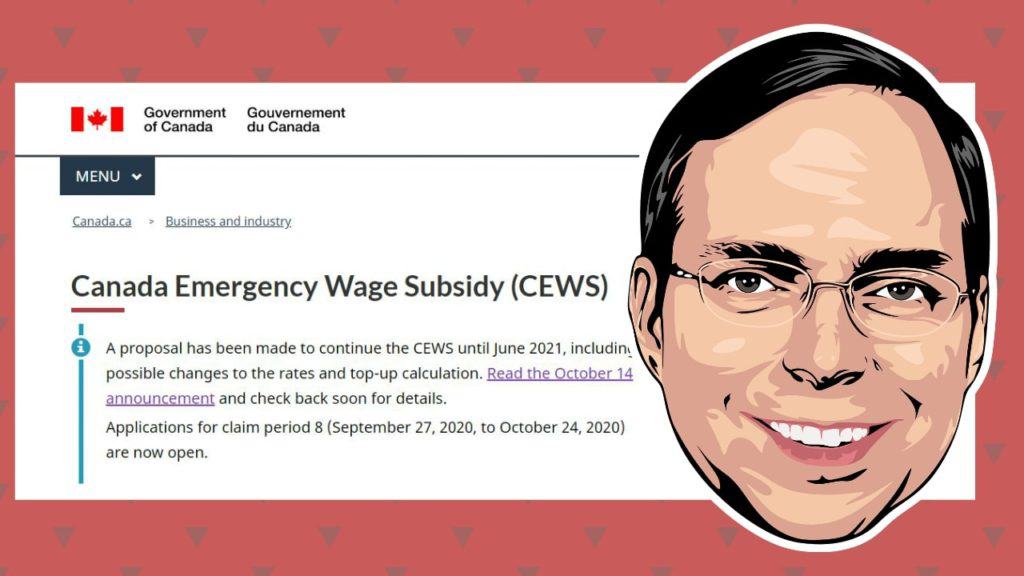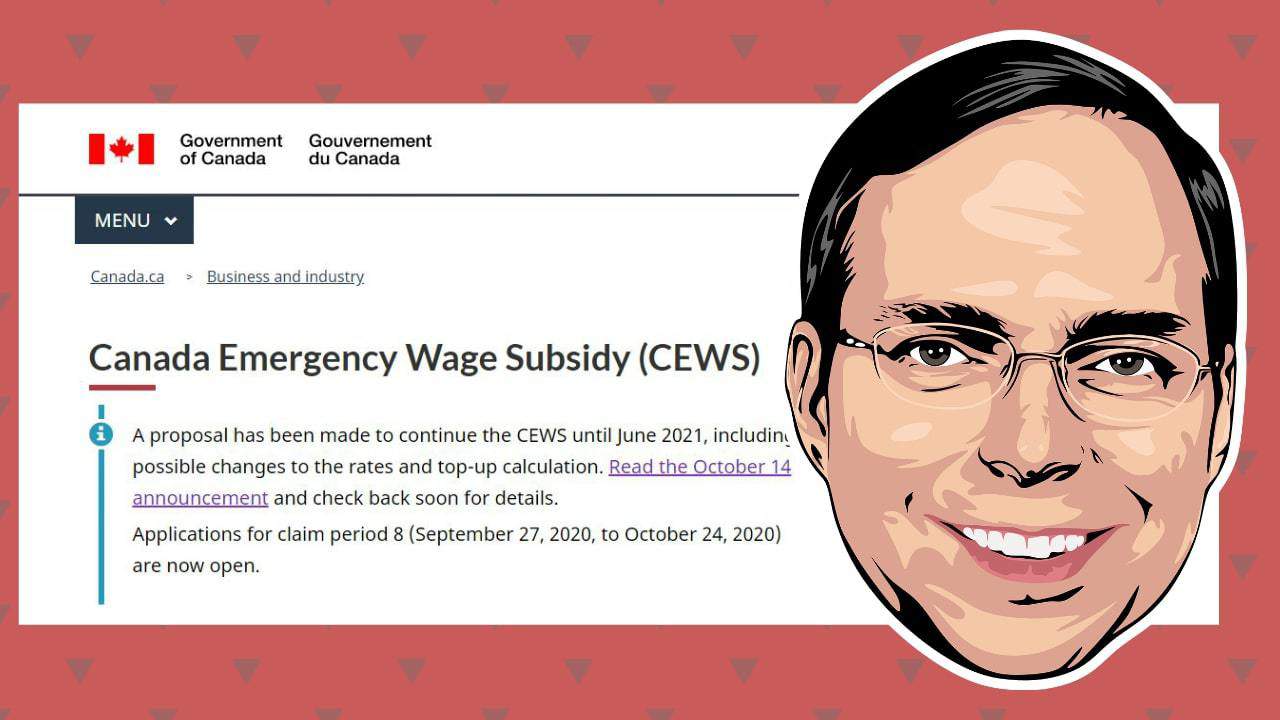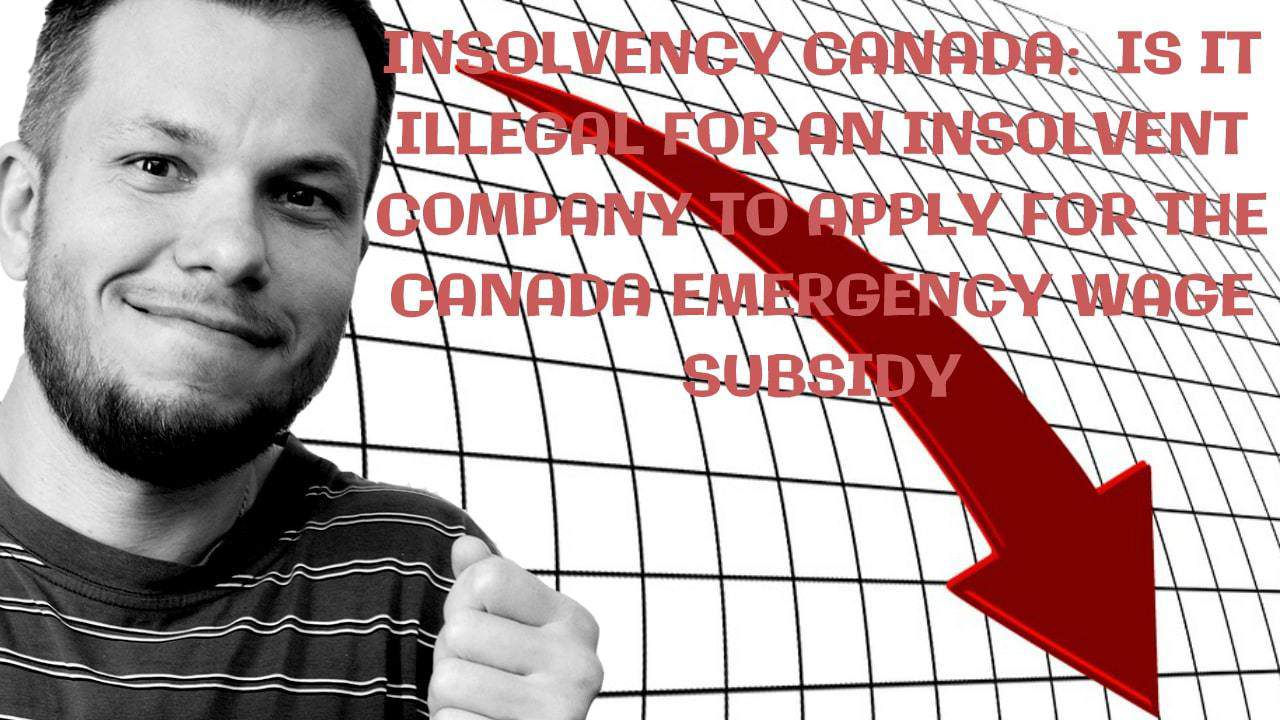The Ira Smith Trustee Team is absolutely operational and Ira, in addition to Brandon Smith, is readily available for a telephone consultation or video meeting.
We hope that you and your family are safe and healthy. For those that celebrate it, we wish you all a very Merry Christmas. To everyone, we wish you a healthy, happy and secure 2021.
I need financial help immediately Canada introduction
“I need financial help immediately Canada” is something we have heard daily as a result of the COVID-19 pandemic. Many have either lost their jobs entirely or have had their hours cut back dramatically. Canadians have been battling to make ends meet daily. It is therefore not a shock that individuals have been looking for financial assistance from the Federal Government throughout and other methods just to say afloat.
Sadly yet at the same time thankfully, the Government of Canada and the Provinces, including where I live, Ontario, acted quickly to provide some emergency financial relief. This Christmas holiday season will be very different for so many individuals in Canada and internationally.
The purpose of this I need financial help immediately Canada Brandon’s Blog is to look at where we have come from so far from the onset of COVID 19 so far in Canada and what financial assistance programs remain for individuals in Canada in the weeks and months ahead for 2021.
I need financial help immediately Canada: A review of 2020 emergency benefits for individuals
Canada Emergency Response Benefit (CERB)
The main program for individuals saying “I need financial help immediately Canada” was the CERB, which is now closed. CERB payments cannot be released after December 31, 2020. The application window for retroactive CERB applications closed on December 2. Applications need to be authorized by today in order for the funds to be paid out in time.
This coronavirus induced support program has helped millions of individuals with income support payments in 2020. The most recent published Federal Government statistics are only as of October 4, 2020. That information published by the Government of Canda indicates that:
- 27.57 million applications were submitted
- $81.64 billion was paid out to provide financial assistance
The final numbers are not in yet, but it is clear that over $100 billion will have been paid out in CERB monthly payments.
CERB and the self-employed
In previous blogs, I provided a summary of who was eligible for CERB payments. You will also recall the ongoing snafu that occurred to self-employed people in what the Canada Revenue Agency (CRA) claims that they misinterpreted the minimum income requirements. I explained that whole kerfuffle in my recent blog “CERB REQUIREMENTS: ASTONISHING MIXUP UNDERSTANDING CERB REQUIREMENTS LEADS TO A BAD OUTCOME“.
I notice that even right now, the Government of Canada website shows:
“The Benefit is available to workers:……
Who had employment and/or self-employment income of at least $5,000 in 2019 or in the 12 months prior to the date of their application;…”
So the Federal Government’s own website still shows a misleading description of which self-employed individuals were eligible for CERB. If the interpretation is really “net income” as CRA contends, shouldn’t their own website say that? Self-employment income is a misleading term. “Self-employment net income” is a standard accounting term and is what CRA says it meant.
It is unfortunate that the self-employed who are screaming to our Federal politicians “I need financial help immediately Canada” cannot rely on the plain English words on the government’s own website.
CERB was part of Canada’s coronavirus economic response plan. Additional financial assistance was given to individuals by the Government of Canada in the form of:
Employment insurance program
Temporary modifications to the employment insurance program (EI) to better support Canadians who require financial aid. Since September 27, 2020, the minimum payment is $500 weekly on a gross basis (before income tax).
Canada Recovery Sickness Benefit (CRSB)
The CRSB gives $500 each week for as much as 2 weeks, for employees that:
- Are not able to work for a minimum of 50% of the week due to the fact that they have gotten ill with coronavirus.
- Are self-isolated for reasons connected to the coronavirus.
- Have underlying conditions, are going through treatments or have acquired other sicknesses that, in the viewpoint of a medical practitioner, nurse practitioner, individual in authority, government or public health authority, would make them more prone to contracting the coronavirus.
Canada Recovery Caregiving Benefit (CRCB)
The CRCB offers $500 weekly for up to 26 weeks per household for employees:
- Incapable of working at least 50% of the week since they are parents with children who need to care for a youngster under the age of 12 or family member since schools, day-cares or care facilities are shut because of the coronavirus since the child or member of the family is sick and/or required to quarantine or goes to high danger of severe illness because of the coronavirus.
Mortgage payment deferral
Most mortgage deferral programs have now ended. House owners who said I need financial help immediately Canada, who needed a time out from making their mortgage payments, might have qualified for a mortgage payment deferral.
The deferral was an agreement between the borrower and the banks or other mortgage lenders. I described the program in more detail in my blog “MORTGAGE DEFERRAL CANADA IS ENDING: 3 KILLER WAYS TO DEAL WITH COVID-19 RELATED MONEY PROBLEMS“.
These were the programs to help the average Canadian feeling the pinch and saying “I need financial help immediately Canada” because of the Covid 19 pandemic.

I need financial help immediately Canada: A review of 2020 emergency benefits for businesses
Canadian small businesses have no doubt been hit the hardest in this Covid 19 mess. Provinces and regions within provinces have had differing approaches in severity, but they have all involved lockdowns. Due to the variety of goods sold in some big box stores, they have been allowed to stay open while specialty small retailers who spent money on making sure they abided by all Covid 19 protocols had to shut down. This has been especially hard on small retailers during the holiday retail shopping season.
There were several programs paying various amounts available as support for businesses. In no particular order, the main Government of Canada support programs for businesses are:
Canada Emergency Wage Subsidy (CEWS)
The Federal Government is paying up to 75% of employees’ salaries for qualifying eligible employers, with this CEWS subsidy rate now running until June 2021. The CEWS wage subsidy allows businesses to maintain and also re-hire staff members and hopefully stay clear of having to lay off employees.
Canada Emergency Business Account (CEBA) interest-free loans
The CEBA supplied an original amount of $40,000 in interest-free loans, to small businesses and not-for-profits. This program is to help support small businesses that have seen revenue drops because of the coronavirus yet face continuously fixed costs.
The government has just recently increased CEBA to consist of an additional interest-free $20,000 funding, raising the maximum amount to $60,000. If paid off by December 31, 2022, the amount of $20,000 is forgiven. If not, interest begins being charged on the full amount.
Businesses have until March 31, 2021, to apply for the $60,000 CEBA loan or the $20,000 increase. Applications are made to the banks or credit unions with which the business maintains one or more business accounts.
Canada Emergency Commercial Rent Assistance Program (CERC)
On Friday, April 24, Prime Minister Justin Trudeau revealed the launch of the CERC for small businesses that were strongly affected by the coronavirus pandemic and the resultant first lockdown. It was developed to reduce premises rent costs by 75 percent for affected local businesses.
The CERC was supposed to provide forgivable loans for commercial landlords that qualify under the strategy to cover half of the three normal monthly rent payments. It was designed to assist local businesses experiencing financial difficulties throughout April, May and June 2020.
The expense and monitoring of the CERC were shared by the provinces and the feds. So in Ontario, the Ontario provincial government and the Canadian Government were to share equally. Unfortunately, the program, like many of the others, had to be created very quickly. Although commercial tenants wanted this relief, the program was largely unsuccessful due to many uncooperative commercial landlords.
Canada Emergency Rent Subsidy (CERS)
As a result of this and businesses still clamouring “I need financial help immediately Canada“, the CERS program came into being replacing the CERC.
The CERS supplies a direct and easy-to-access rental cost and mortgage aid of approximately 65% of eligible expenditures to qualifying services, charities and non-profits. The aid prices hold up until December 19, 2020. This support is offered straight to lessees.
Lockdown Support
Businesses that have been substantially limited by a required public health order issued by a qualifying public health authority are truly screaming “I need financial help immediately Canada” and for good reason. They can obtain an added 25% of rental assistance via the Lockdown Support.
The consolidated impact of the rental cost subsidy and the Lockdown Support is that hard-hit companies, non-profits and charities subject to a lockdown can receive commercial rent assistance of a maximum of 90%.
The CERS and the Lockdown Support are both offered for businesses until June 2021.
Loan Guarantee for Small and Medium-Sized Enterprises
Through the Business Credit Availability Program, Export Development Canada (EDC) is dealing with banks and other financial institutions for this emergency loan program. The EDC will guarantee 80% of brand-new operating credit as well as term loans of as much as $6.25 million to both small and medium-sized businesses (SMEs).
This funding assistance is to be made use of for operational expenses as well as is available to both exporters and non-exporting firms.
This program is currently readily available at different banks and credit unions. This support is offered until June 2021.
Canada United Small Business Relief Fund
The Canada United Small Business Relief Fund gives grants of up to $5,000 to local businesses. These funds can be utilized for eligible expenses of particular initiatives: buying PPE, refurbishing physical rooms, or developing your website or e-commerce abilities.
These are the main programs for Canadian businesses saying to Ottawa “I need financial help immediately Canada” due to difficulties brought on by Covid 19.
I need financial help immediately Canada: 2021 emergency measures for individuals and businesses
Now that I have reviewed the 2020 programs, some of which are continuing, I want to highlight the help for financial hardship that is still available in 2021 for the many who are still saying to Ottawa “I need financial help immediately Canada“. I caution that the information is as of the date of Brandon’s Blog. Any changes, additions or cancellations of or to support programs due to the Covid 19 crisis are not reflected.
I need financial help immediately Canada – Individuals
Canadians who still say to our federal politicians “I need financial help immediately Canada” can still avail themselves of several programs. The first is the Canada Recovery Benefit Fund (CRB). The CRB essentially replaces the CERB.
The CRB gives $500 weekly for no more than 26 weeks as a Covid 19 response. It is for people that have quit working or had their income lowered by at least 50% because of the coronavirus, and that are not qualified for Employment Insurance Benefits.
The main remaining programs available to individuals saying in 2021 “I need financial help immediately Canada“, are:
- EI
- CRSB
- CRCB
I need financial help immediately Canada – Small Businesses
The main remaining emergency federal support programs for small businesses still saying “I need financial help immediately Canada” are the CEWS, CEBA and the CERS. They are all explained above.
I need financial help immediately Canada summary
I hope that you have enjoyed this I need financial help immediately Canada Brandon’s Blog. The COVID-19 pandemic has brought health damage and financial concerns to many Canadians.
The Canadian government quickly invoked many new financial support programs for both Canadian companies and individuals to try to lessen the financial strain and bring peace of mind to many.
For all the various glitches, the Federal Government has done a very decent job in rolling out these economic support measures to try to keep the Canadian economy going.
At the same time, our front-line health care workers have been heroes. They fight daily to keep all of us safe. We owe them a great deal of gratitude.
If you are worried because you are facing significant financial challenges and you don’t fully understand the options available to you, including, filing a consumer proposal versus bankruptcy. It is not your fault that you are in this situation. You have been only shown the old ways that do not work anymore.
The Ira Smith Team uses new modern ways to get you out of your debt troubles while avoiding bankruptcy. We can get you debt relief freedom.
Ira Smith Trustee & Receiver Inc. offers a full range of insolvency services to people facing a financial crisis. Whether you need help with a proposal to your creditors to avoid the worst case, financial counselling or advice about insolvency options, our goal is to make sure that you understand the process, your choices, and what steps will get your life back on track.
Call us for your free first consultation. We will inform you about all the choices readily available so you can make a proper decision about the very best plan to deal with your financial obligations.
Call Ira Smith Trustee & Receiver Inc. today. All you have to lose is your debt!
We will get you or your company back on the road to healthy stress-free operations and recover from the pain points in your life, Starting Over, Starting Now.
The Ira Smith Trustee Team is absolutely operational and Ira, in addition to Brandon Smith, is readily available for a telephone consultation or video meeting.
We hope that you and your family are safe and healthy. For those that celebrate it, we wish you all a very Merry Christmas. To everyone, we wish you a healthy, happy and secure 2021.








